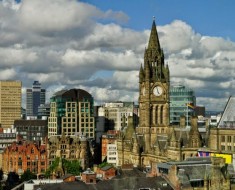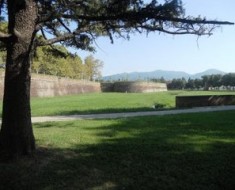Graham Davies and Penny Bonsall, local academics, have just published a book called ‘A History of Bath : Image and Reality’. Recognising that Bath is one of the most popular tourist destinations in Britain, the authors say its 4M visitors a year absorb a ‘carefully presented image of an ancient spa, an elegant Georgian city and the haunt of the likes of Beau Nash and Jane Austen’. But, they add ‘ the true picture of Bath through its long and varied history is much fuller, more interesting and varied than the façade presented to casual visitors’. And so it is.
Centred from Roman times on the thermal spa, it later had a Saxon convent and then monastery and subsequently became a Norman Cathedral city where the Saxon King -Edgar the Peacable – was crowned, and in the medieval period became a regional market town and a centre for the woollen trade. In the 16th and 17th Centuries people came to the city for the healing properties of the spa, and in the Georgian period its enduring architectural legacy was established – built by the labouring poor for the enjoyment of the privileged rich.
In the Victorian period it became an important industrial centre, much of it relating to the navigable River Avon, the canal system and Brunel’s London to Bristol railway. Now it is known for its many cultural festivals and – after a four year delay – its new thermal Spa which at last is to be opened this August. It is also said to have the best collection of good restaurants outside London, though many towns might question that.
Amongst the ten or so museums or galleries the city offers, two are unmissable in my opinion. Certainly the Roman Baths, brilliantly presented and with much detailed information about Roman life. The Pump Room is adjacent for a touch of elegance, with a trio playing as you eat and drink, and spa water available at 50p a cup, drinking it being a nod to tradition rather than an experience to be enjoyed.
And then there is the Industrial Heritage Museum, or ‘Bath at Work’ as it is also called. Here there are exhibits about the mining of Bath stone, cabinet making and a survey of 2,000 years of working history from Roman times to the present day. Just now there is a small exhibition of women at work over the years. But the heart of the museum is an authentic and complete reconstruction of the light engineering firm and fizzy drinks business of J.B. Bowler. He and his descendents ran the firm from 1872 to 1969. The founder never threw anything away and the Museum therefore represents the work and practices of a Victorian entrepreneur, and must be unique of its kind. Well worth a visit, despite the steep hill you have to climb to get there.
Bath: a tourist’s paradise; and presently our home.
Bryan




